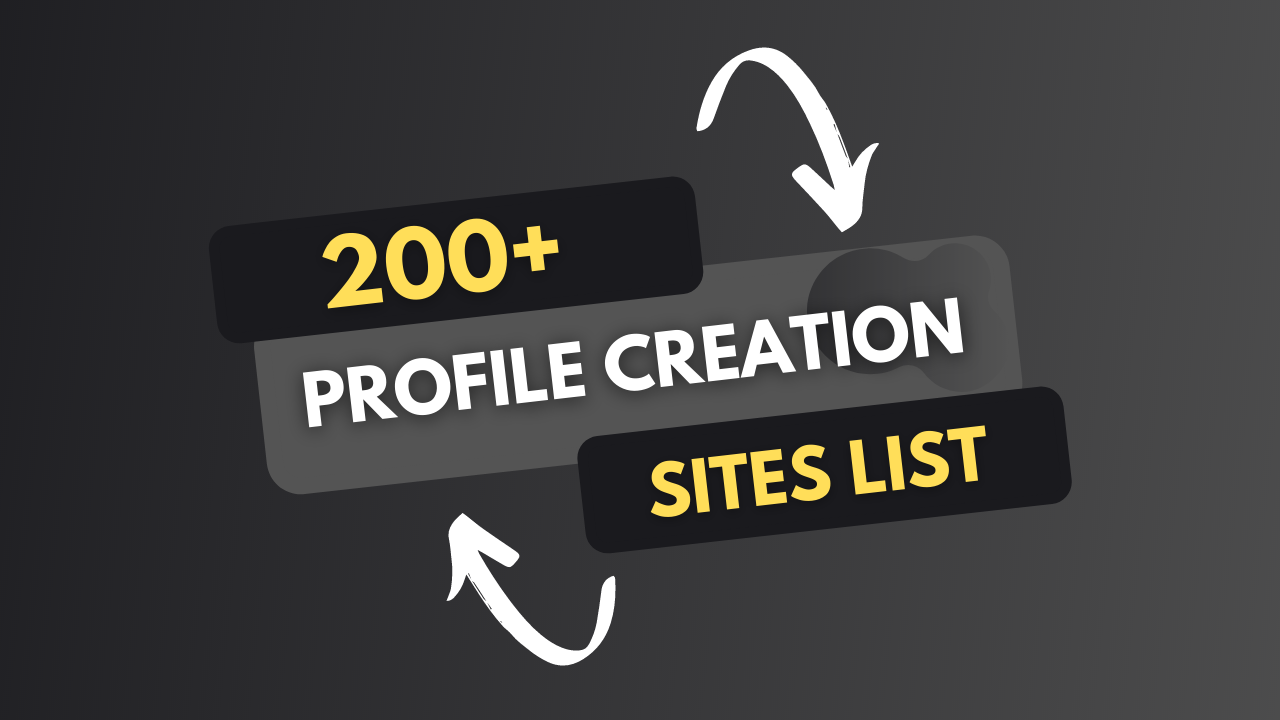Web Hosting Guide for Beginners
In today's digital age, it's really important for both regular people and businesses to be online. If you want to start a personal blog, show off your work, or sell things on the internet, the first thing to do is make a website. But if you're new to making websites, the idea of web hosting might sound scary. In this guide, we'll explain the basics of web hosting, talk about the different types you can choose from, and give you a list of the 20 best web hosting services that are good for beginners. We'll also guide you through the steps of how to put a website online, explaining things in a way that's easy to understand.
Understanding Web Hosting
Web hosting is like renting a place on the internet where you can put your website. It's a service that lets people and groups show their websites to others online. Imagine it as getting a space on a big computer (called a server) where you keep all your website stuff like pictures, files, and words. When someone wants to see your website, their computer asks the server for the website's stuff, and then the server shows your website to them.
Types of Webs Hosting
There are different types of web hosting to choose from, and they each work for different kinds of needs and technical skills. Here are the most common ones:
Shared Hosting: This is a budget-friendly choice. Many websites share one big computer (server) to save money. It's good for beginners who don't know a lot about technical stuff.
VPS Hosting (Virtual Private Server): VPS hosting divides a server into smaller parts, like virtual rooms. This gives you more power and choices. It's great if you want more control and your website to grow.
Dedicated Hosting: With this type, you get a whole server just for your website. It's best for big websites with lots of visitors and needs for resources.
Cloud Hosting: Cloud hosting uses many connected servers to host websites. It's really good at handling lots of visitors and sudden traffic increases.
Managed WordPress Hosting: This is made just for WordPress websites. It makes your website run better, keeps it safe, and updates things automatically.
20 Best Web Hosting Services for Beginners
When choosing a web hosting service as a beginner, factors
like affordability, customer support, ease of use, and performance are crucial.
Here's a list of 20 top web hosting services that cater to beginners:
- Bluehost
- HostGator
- SiteGround
- A2 Hosting
- DreamHost
- InMotion Hosting
- Hostinger
- GreenGeeks
- iPage
- Namecheap
- GoDaddy
- Wix
- Weebly
- Squarespace
- Webflow
- Flywheel
- JustHost
- FatCow
- ChemiCloud
How to Host a Website: Step by Step Guide
Step 1: Choose a Domain Name
- Brainstorm ideas for your domain name.
- Use domain name search tools to check if your desired domain is available.
- Choose a domain extension (e.g., .com, .net, .org) that suits your website's nature.
Step 2: Select a Web Hosting Provider
- Research different hosting providers based on your requirements.
- Compare pricing, features, performance, and customer reviews.
- Opt for a provider with beginner-friendly options if you're new to hosting.
Step 3: Choose a Hosting Plan
- If you're just starting, a shared hosting plan is suitable.
- Consider factors like storage, bandwidth, and the number of websites allowed.
Step 4: Register and Purchase
- Follow the provider's instructions to register your chosen domain name.
- Add the hosting plan to your cart and complete the purchase process.
Step 5: Domain Setup
- Access your hosting account's control panel (cPanel) or dashboard.
- Look for DNS settings or domain management.
- Update the domain's nameservers with the ones provided by your hosting provider.
Step 6: Set Up Your Website
- Install a CMS like WordPress from your hosting control panel.
- Follow the installation instructions and customize settings.
- If you're coding your website, upload your HTML, CSS, and other files to the hosting server using FTP.
Step 7: Upload Content
- Use the CMS dashboard to create pages, posts, and add media.
- If you're coding, upload your website's files to the appropriate directories.
Step 8: Test Your Website
- Check for broken links, missing images, and any other issues.
- Ensure your website is responsive on different devices and browsers.
- Test forms, buttons, and interactive elements.
Step 9: Domain Propagation
- Be patient, as this process can take a few hours to up to 48 hours.
- You might see your website at the new domain, while others might still see the old one.
Step 10: Regular Maintenance
- Keep your CMS, themes, and plugins updated.
- Regularly back up your website's data and files.
- Monitor your website's performance and security.





Comments
Post a Comment